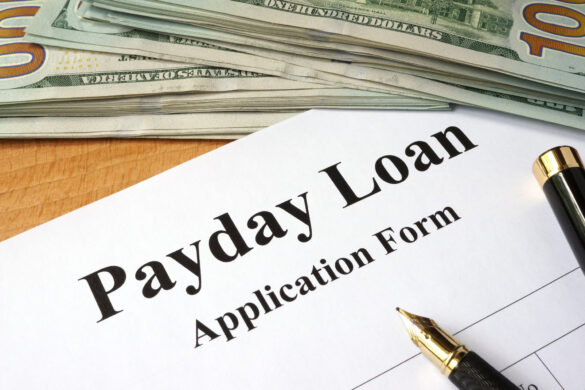
Are you a first-time homebuyer planning to apply for a home loan but afraid to make a wrong financial move? Worry no more!! It is understandable that investing in your dream property is a once-in-a-lifetime decision and can be quite overwhelming. In order to prevent any chances of errors while making a substantial investment, individuals prefer to seek the expert guidance of a home lending advisor. A home lending advisor is a professional entity working in the finance industry for years. They are knowledgeable enough to walk you through the various home loan options so that you can choose the suitable lender for your investment property.
What is an investment property?
While applying for a real estate loan, either the borrower uses the property to live or earn profit from it. While talking particularly about investment property to earn profits, you need to filter home loan options through various funnels. It is essential for the investors to develop an analytical understanding of the industry to maximize their profits. Here are a few things the real estate investors must be aware of before exploring the home loans:
1. You do not require a lot of capital
It is a common misconception that investors require a lot of money for real estate investment. However, the reality is a little different! Being an investor, you must have an in-depth understanding of real estate financing options to fund the investment. Every real estate investment has its set of pros and cons. Financing depends upon the type of property and various other associated factors including property location & native rates. Among the endless options of real estate financing, it is important to figure out what works best for your project. The chosen real estate funding option must complement the business strategy and generate greater returns in the future. Therefore, getting help from a home lending advisor can be beneficial to walk through the most accessible speciality mortgage loan options.
2. Target smaller market
Targeting the smaller marketing being a new investor is always beneficial as it involves minimum risks. A particular geographical area helps investors to focus on small markets and plan strategies for multiplying their invested capital. In addition, the prominent benefit of targeting a smaller market is that there is a huge difference in the ratio of the purchase price. This trains the investors to deal with various investment obstacles, refining their skills to work on the broader market.
3. Become technically sound
With the advancement in technology and the onset of digitization in every field, being tech-savvy can give you an edge over competitors. It can always prove to be beneficial if you are dynamically staying up to date with innovations making property investments hassle-free. For example, learning to operate the online rent collection system can save a lot of time. It can also prevent the investors from knocking on the tenants when the rent is due. In addition, becoming technically sound also helps investors focus on multiplying their investments.
After practically implementing the above mentioned real estate investment tips, hire a financial advisor who can guide you to put your money where the risk is nominal.



